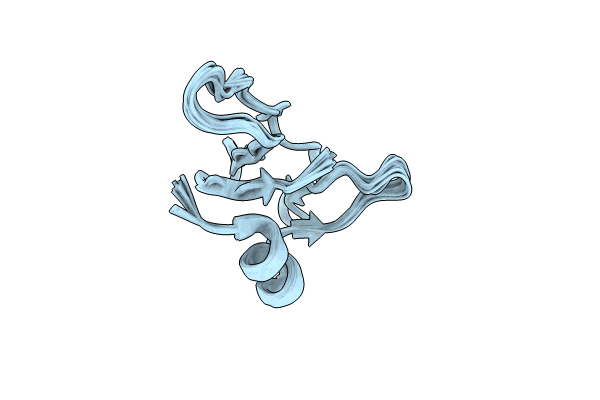
Deposition Date
2023-08-08
Release Date
2023-12-27
Last Version Date
2023-12-27
Entry Detail
PDB ID:
8Q5B
Keywords:
Title:
Characterization of the zinc finger u-protein HVO_0758 from Haloferax volcanii: biological roles, zinc binding, and NMR solution structure
Biological Source:
Source Organism:
Haloferax volcanii DS2 (Taxon ID: 309800)
Host Organism:
Method Details:
Experimental Method:
Conformers Calculated:
100
Conformers Submitted:
20
Selection Criteria:
structures with the lowest energy


